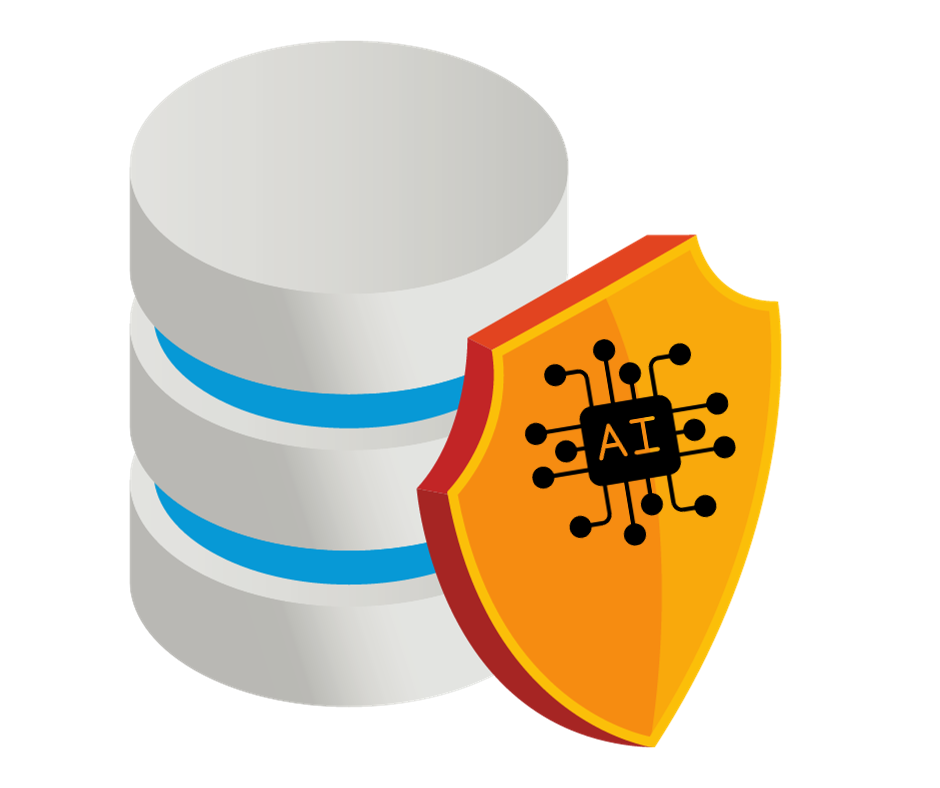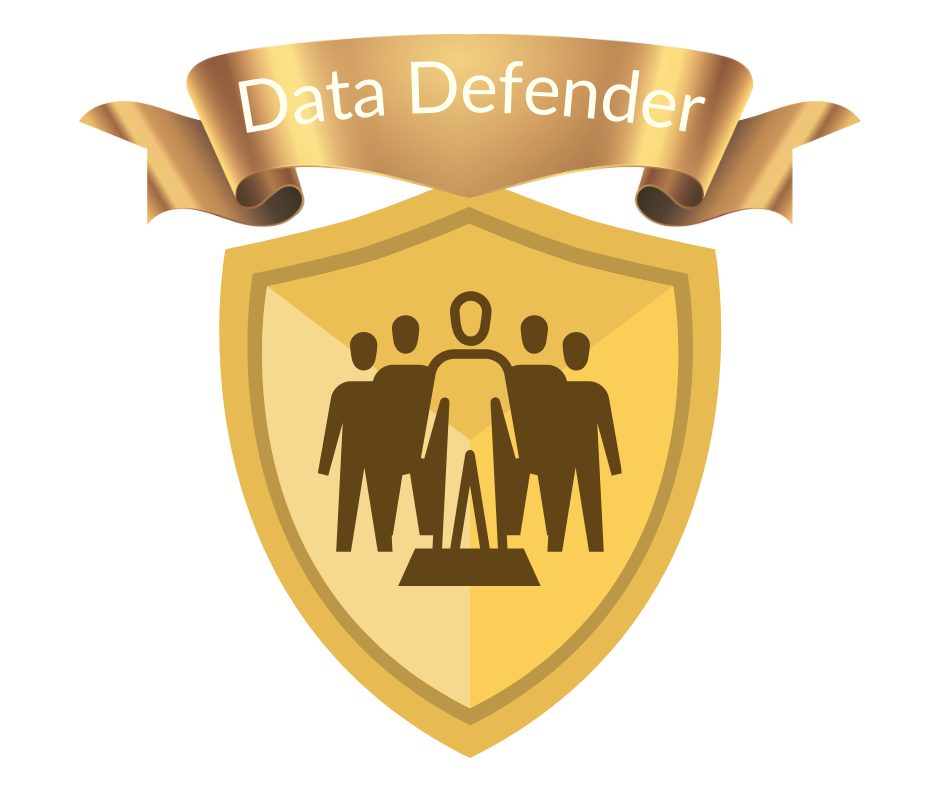How operational models help with data security
Introduction to Data Security

Angeline Corvaglia
Founder & Digital Transformation Specialist
What are operational models?
![]()
Address specific security challenges or protect particular types of data
- Prevent cyberattacks
- Mitigate human errors compromising data
- Reduce unintentional data loss
- Processes and rules defined internally by an organization
- Flexible based on unique needs and risk profiles
Five popular operational models
- Zero Trust Architecture (ZTA)
- Separation of Duties (SoD)
- Principle of Least Privilege (PoLP)
- Data Loss Prevention (DLP)
- Role-Based Control (RBC)
![]()
Zero Trust Architecture (ZTA)
![]()
- Never trust, always verify
- All systems and users are untrustworthy until proven otherwise
Separation of Duties (SoD)
![]()
- Divides tasks and privileges among users
- Prevent one person from controlling a critical process
- Checks-and-balances system
Principle of Least Privilege (PoLP)
![]()
- Restricts user access to what's necessary for their job functions
- Information access only for those who need it
Data Loss Prevention (DLP)
![]()
- Protect sensitive information from unauthorized access, sharing, or theft
- Monitoring, detection, and blocking mechanisms
Role-Based Control (RBC)
![]()
- Assigns access permissions based on job roles
- Streamlines access management
Aim to fortify organizations
Operational models are defined internally by organizations, address specific security challenges and protect certain types of data
![]()
The key to choosing the best operational model is identifying the most effective for specific needs and risks unique to each organization
AI has also affected the landscape

AI-powered tools can ensure operational models are practical and efficient, such as:
- Risk assessment
- Policy enforcement
- Anomaly detection
Company leadership and culture
To be effective, operational models must be a part of the company culture

Let's practice!
Introduction to Data Security

